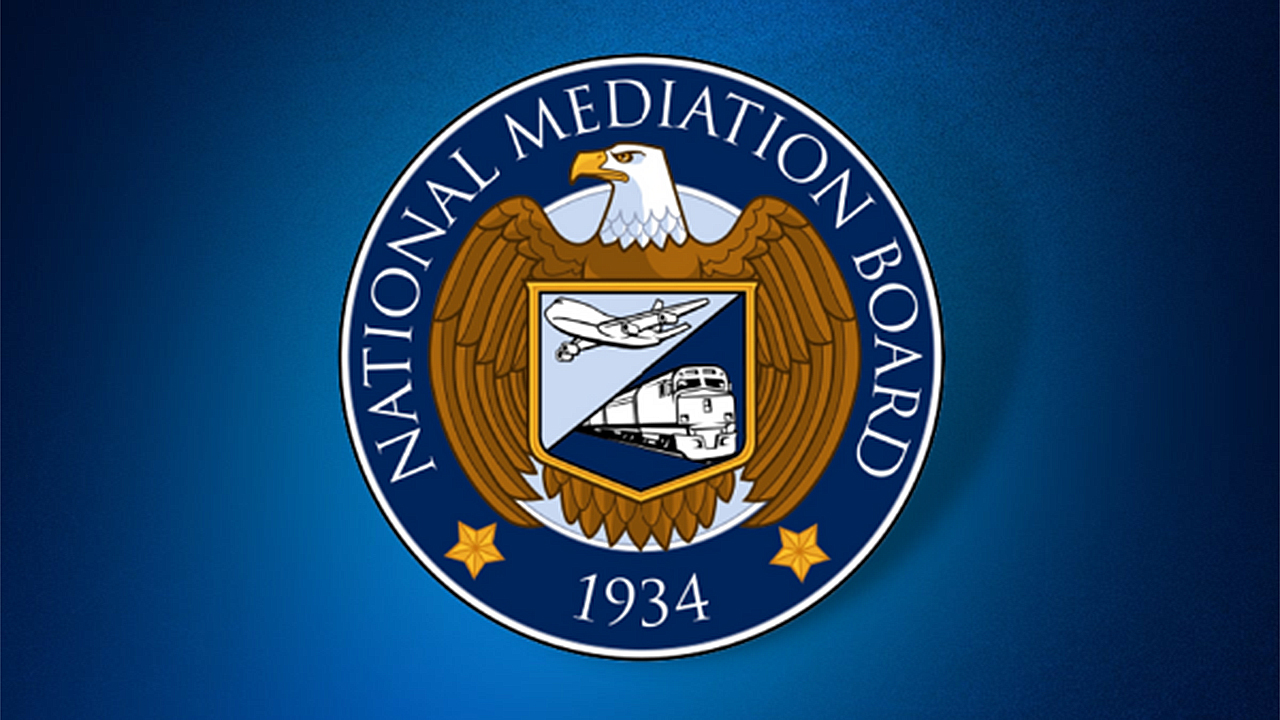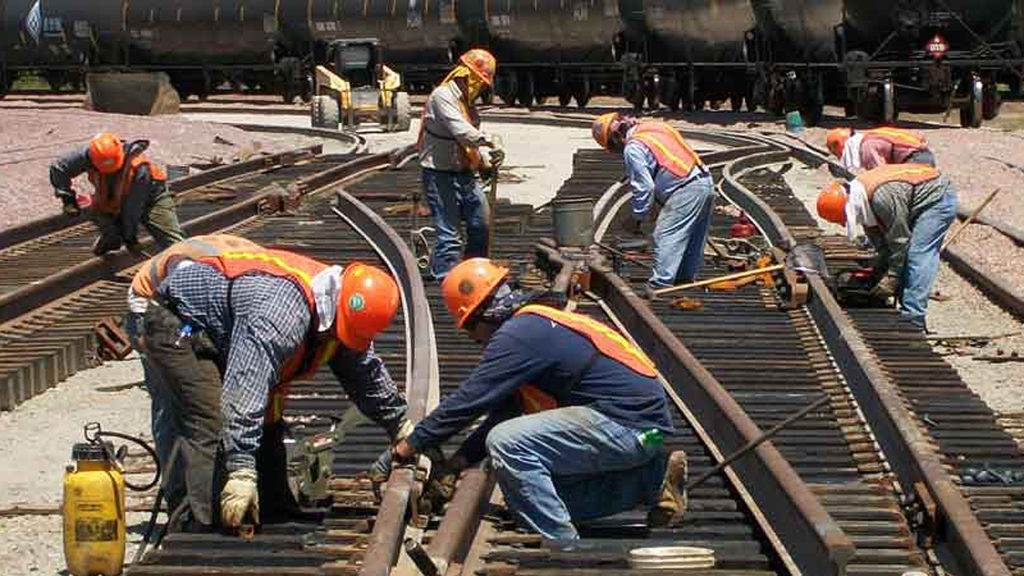
NMB Orders Labor Back to Washington
Written by Frank N. Wilner, Capitol Hill Contributing Editor
In a final effort to avoid a nationwide rail shutdown as early as Sept. 16, the National Mediation Board (NMB) has ordered railroad negotiators and the leadership of unions still at the bargaining table to return to Washington, D.C., Sept. 7 for an NMB-guided try at reaching tentative agreements on amending wage, benefits and work rules contracts.
Previous NMB mediation efforts failed to achieve a single tentative agreement, but that was before a Presidential Emergency Board created and staffed by President Biden made its Aug. 16 non-binding recommendations for settlement.
Subsequently, five of the 12 labor organizations at the bargaining table—representing some 27,000 of the 125,000 unionized rail workers affected by these negotiations with most of the nation’s Class I railroads and many smaller ones—inked tentative agreements as recommended by the PEB.
Still at the bargaining table are the three largest rail unions, together representing some 86,000 affected members, but statements from the three on Sept. 2 indicate a desire also to reach tentative agreements, which may occur as a result of the Sept. 7 NMB-guided session. The three are the Transportation Division of the International Association of Sheet Metal, Air, Rail and Transportation Workers (SMART-TD, with 37,400 affected members); the Brotherhood of Locomotive Engineers and Trainmen (BLET, with 24,700 affected members); and the Brotherhood of Maintenance of Way Employes (BMWE, with 23,900 affected members).

Having reached tentative agreements with the National Carriers Conference Committee (NCCC, which represents railroads) are the American Train Dispatchers Association (ATDA, with 1,500 affected members); the International Association of Machinists and Aerospace Workers (IAM, with 6,600 affected members); the International Brotherhood of Electrical Workers (IBEW, with 5,800 affected members); and the Transportation Communications Union (TCU, including its allied Brotherhood Railway Carmen, together representing 13,000 affected members).
A looming stumbling block is gaining membership ratification of tentative agreements, as fringe elements of the labor movement have launched independent social media campaigns urging rejection—one including an alleged survey that violates scientific criteria for random sampling.
To counter misinformation, SMART-TD and BLET published for members a “Myth vs. Facts” slide show, while the organizations reaching tentative agreements similarly are seeking to dispel, through communication with their members, factual inaccuracies.
While Sept. 16 is the end-date of a third and final 30-day cooling-off period, a date on which all provisions of the Railway Labor Act (RLA) expire in this round of national negotiations—allowing unions that have not settled to strike, or carriers to lock out—it is unlikely a work stoppage will then occur.

This is because the carriers and unions with tentative pacts have agreed to extend the status quo of the soon-to-expire cooling-off period to allow for membership ratification votes. Also, the three largest unions still bargaining express optimism they can reach tentative agreements. In a Sept. 2 joint statement, SMART-TD and the BLET said they “will continue to concentrate our efforts on obtaining tentative agreements for our members that are worthy of their consideration.”
The RLA provides that previously negotiated and member-ratified agreements on wages, benefits and work rules never expire. They continue in force until the sides voluntarily agree on amendments, or Congress, through legislation, imposes a binding third-party settlement—the latter rarely, if ever, acceptable to either side.
Congress has not had to intervene to halt a national rail shutdown in more than three decades. SMART-TD’s late Legislative Director, James Brunkenhoefer, described that 1991 result as “a bloody shirt that is going to be waved around for some time.”
Every Democrat on the House Rail Subcommittee voted to impose the PEB recommendations rejected by labor, with the entire House voting 400-5 to impose them and the Senate doing so by voice vote. Labor’s then-staunchest congressional ally, Sen. Ted Kennedy (D-Mass.), called the result “good for business, good for the economy, and good for the nation.”
To keep trains moving, the NMB may also urge on Sept. 7—of the carriers and unions still without tentative agreements—a voluntary extension of the Sept. 16 deadline, after which a strike or lockout can occur. This would permit negotiations to continue without the pressure of a work stoppage deadline.

Railway Age Capitol Hill Contributing Editor Frank N. Wilner is author of “Understanding the Railway Labor Act.” He formerly was director of public relations for SMART-TD and its United Transportation Union predecessor, an assistant vice president for policy at the Association of American Railroads, and a White House (Bill Clinton) appointed chief of staff at the Surface Transportation Board. He earned undergraduate and graduate degrees in economics and labor relations from Virginia Tech.



